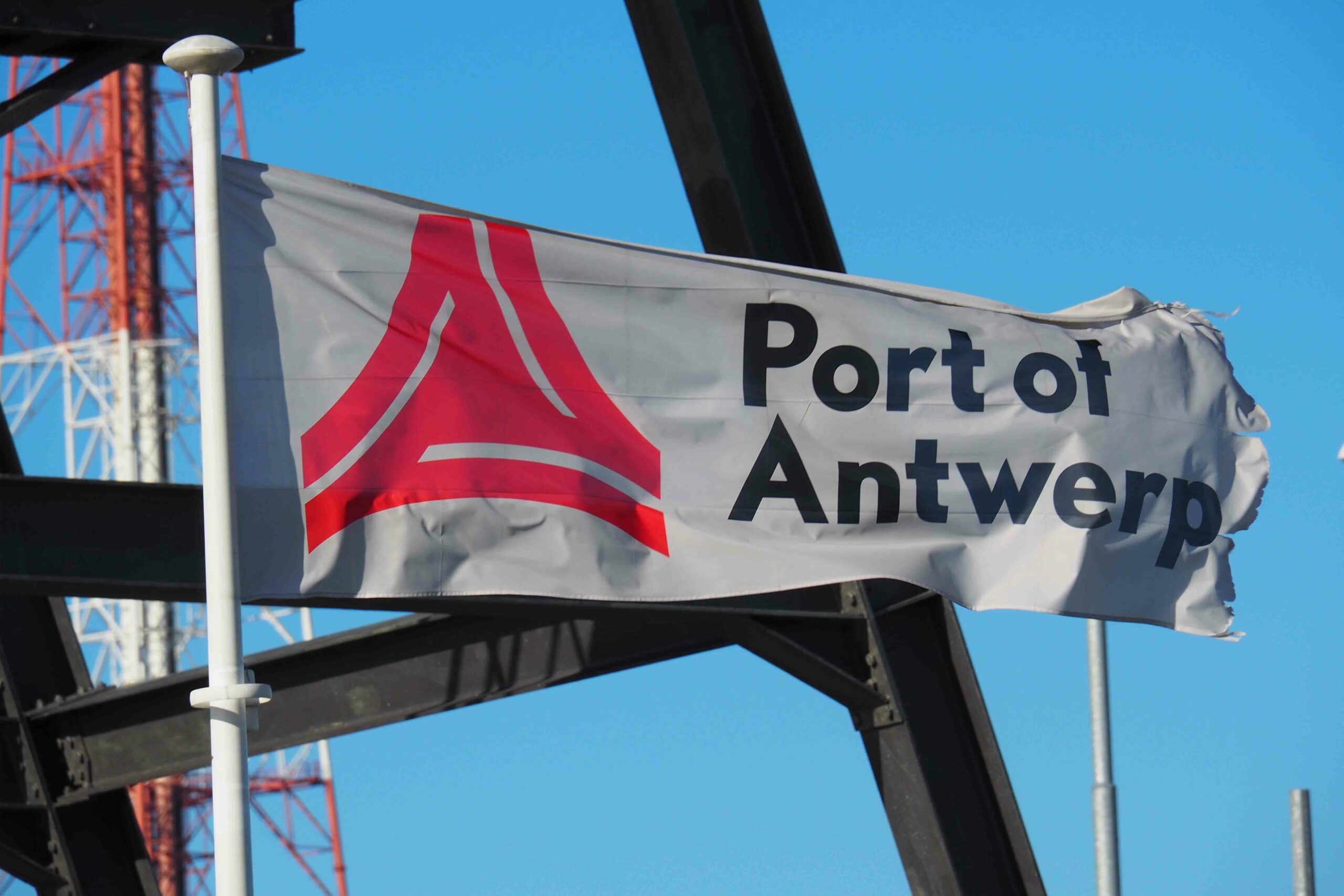Antwerp/Rotterdam ports realize 2.4% container increase in Q1
The two busiest container ports in Europe – Rotterdam and Antwerp – have reported solid volume growth in the first quarter, but the heavy import demand through April has left packed terminals with little room to handle the surge in Suez-delayed cargo.
Vessel schedule disruptions from the Suez Canal blockage in late March are expected to extend ship delays deeper into the second quarter, while Covid-19 social distancing measures continue to affect terminal operations, reports IHS Media.
Rotterdam’s container throughput in the first quarter increased 4.5 per cent year over year to 3.7 million TEU, with imports up 5.3 per cent at 1.9 million TEU, the Dutch port reported. The port of Antwerp handled 3.1 million TEU in the first three months of 2021, up 2.3 per cent compared to last year. Essentially all the volume comprised imports of 3 million TEU, an increase of 2.4 per cent.
Challenges ahead due to Suez Canal closure
But even as Europe’s main gateways tick the box of first quarter growth, port executives are firmly focussed on getting over the challenges created by the Suez closure.
Allard Castelein, CEO of the Port of Rotterdam Authority, said although the first quarter growth in volume painted a positive picture, companies in trade and logistics were facing turbulent times.
“At this point, the main challenge is handling the aftermath of the Suez blockage in terms of logistics,” he said in a statement announcing Rotterdam’s first quarter performance.
Jacques Vandermeiren, CEO of Port of Antwerp, said in a statement that the Suez Canal blockage was one of several challenges faced by the port over the last year, joining the Covid-19 pandemic and the UK’s exit from the European Union.
The port’s statement said that the Suez Canal incident would create higher levels of traffic in Antwerp terminals in the coming weeks, with delays to container ship calls and operational challenges expected to continue throughout the second quarter.
Container terminal overflow likely to continue through June
“Some terminals have already decided not to allow the arrival of containers for export at the terminal until a few days before they can be loaded,” the port said. “We are also looking at how we can optimise storage capacity inland and make even greater use of inland navigation and rail.”
More than 1.9 million TEU of capacity was delayed when the Evergreen-charted Ever Given ran aground in the Suez on March 23, according to supply chain visibility company project44. When the canal was reopened on March 29, the wave of ships began to arrive at European ports in close succession, with Rotterdam the first port of call on many of the Asia-North Europe services.
Patrik Berglund, CEO of rate management platform Xeneta, said the Suez disruption created a backlog that has seen ports overwhelmed with cargo, while sailing schedules suffered a “domino effect”.
“We can expect to see implications stretching well into May, and even June,” Mr Berglund said in a statement. “Furthermore, shippers with cargo on the affected ships have had initial delays to goods exacerbated by carriers dumping containers wherever they can in a rush to load available empty containers and get back on track. This means a rash of consignments are stranded in the wrong locations with no plans to rescue them.”
Copyright 2016 HKSG Group Media Ltd
Photo: Alexandre Tziripouloff / Shutterstock.com


